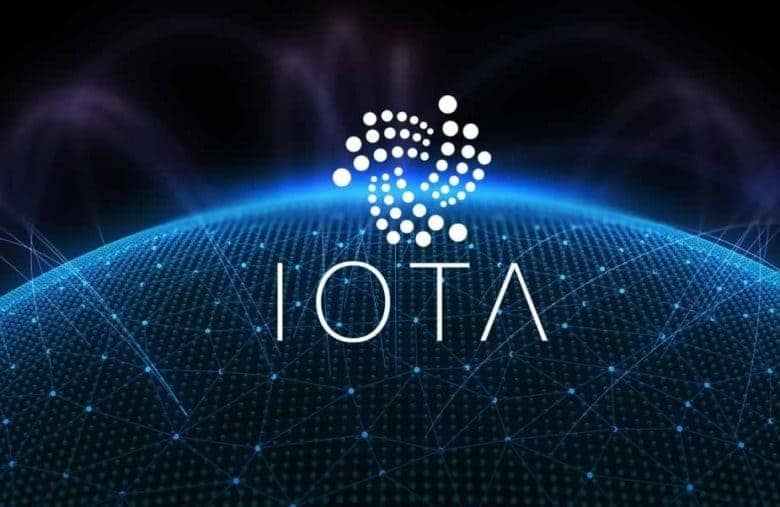
What Is IOTA? How Does It Work?
By the year 2023, the Internet has connected billions of devices. Within this IoT ecosystem, devices may make in-app purchases and communicate data and payment information with one another in real time.
IOTA’s long-term goal is to replace conventional methods of device-based financial transactions. According to its creators, the distributed ledger serves as the “public permission-less backbone for the Internet of Things that enables interoperability between multiple devices.”
To put it more plainly, this implies that it will be possible to do business between any two devices that are linked to it.
The creators of IOTA assert that it addresses several issues with conventional blockchain-based coins.
Some examples of these issues are slow network speeds, a lack of scalability, and the centralization of mining among a small group.
In the context of digital currency, scalability is the challenge of expanding the throughput of a blockchain while maintaining or improving other performance indicators.
What is IOTA?
IOTA is a distributed ledger technology (DLT) that aims to enable secure and scalable transactions and data transfer between Internet of Things (IoT) devices.
Unlike traditional blockchain systems, IOTA utilizes a unique data structure called the Tangle, which offers several advantages in terms of scalability, transaction speed, and feeless transactions.
The Tangle is a directed acyclic graph (DAG) that consists of interconnected transactions rather than linearly linked blocks.
When a user wants to make a transaction in the IOTA network, they must validate two previous transactions by performing a small amount of proof-of-work.
This validation process adds the new transaction to the Tangle and confirms the previous transactions simultaneously.
This approach enables a high degree of parallelization and eliminates the need for miners, resulting in faster transaction confirmations and scalability as the network grows.
One of the notable features of IOTA is its focus on the Internet of Things. IoT devices generate vast amounts of data and require a secure and efficient method of transferring value and information.
IOTA’s feeless transactions and lightweight architecture make it well-suited for micropayments and data transfer between IoT devices.
It allows devices to securely share data and conduct transactions without incurring transaction fees, enabling new business models and applications within the IoT ecosystem.
In addition to feeless transactions, IOTA also aims to address scalability and resource efficiency. As the Tangle grows, the transaction throughput increases, making the network more scalable.
Furthermore, IOTA’s architecture allows for parallel validation and lightweight nodes, reducing the computational and storage requirements for participating in the network.
To ensure security, IOTA employs a consensus mechanism called Coordicide, which aims to remove the centralized Coordinator that was initially introduced to protect the network during its early stages.
The goal of Coordicide is to achieve a fully decentralized and secure network where transactions are validated by a distributed network of nodes without the need for a central authority.
IOTA has gained attention for its potential applications in various industries. Its feeless nature and scalability make it suitable for microtransactions, supply chain management, decentralized energy grids, smart cities, and more.
For example, IOTA can enable machines to autonomously transact with one another in a machine-to-machine economy, facilitating seamless value transfer in automated processes.
It’s important to note that IOTA is an evolving project, and its technology and ecosystem continue to develop. As with any emerging technology, there are risks and challenges to consider.
These include the need to achieve widespread adoption, address potential security vulnerabilities, and navigate regulatory considerations.
Overall, IOTA offers a unique approach to distributed ledger technology, leveraging the Tangle to enable feeless transactions and scalable data transfer for IoT devices.
Its focus on machine-to-machine transactions and emphasis on scalability make it an intriguing project with potential applications in various industries.
However, it’s important to conduct thorough research, understand the technology and associated risks, and stay updated with the latest developments before considering any investment or implementation of IOTA.
IOTA Advantages
IOTA, a distributed ledger technology (DLT) platform, offers several advantages that set it apart from traditional blockchain systems. Here are some key advantages of IOTA:
- Scalability: IOTA addresses one of the major challenges faced by blockchain networks—scalability. The Tangle, IOTA’s underlying data structure, allows for the parallelization of transactions. As more transactions are added to the Tangle, the network’s throughput increases, making it more scalable. This scalability is crucial for accommodating the growing number of connected devices in the Internet of Things (IoT) ecosystem.
- Feeless Transactions: Unlike most blockchain networks, IOTA enables feeless transactions. This is made possible by the absence of miners and the need for proof-of-work calculations. IOTA’s feeless nature opens up opportunities for micropayments and enables new business models in which small transactions can be conducted without the burden of transaction fees. Feeless transactions are particularly beneficial for IoT devices that need to conduct frequent, low-value transactions.
- Lightweight Architecture: IOTA is designed to be lightweight, making it well-suited for resource-constrained IoT devices. The absence of miners and the requirement for minimal computational resources enable even low-powered devices to participate in the IOTA network. This lightweight architecture enhances the efficiency and affordability of IoT deployments, allowing a wider range of devices to leverage the benefits of IOTA.
- Secure Data Transfer: IOTA prioritizes security in data transfer between IoT devices. The Tangle’s structure and the validation process ensure that transactions are secure and tamper-proof. As each new transaction confirms two previous transactions, the network benefits from an increased level of security with every transaction added to the Tangle. This security feature is crucial for maintaining the integrity of data shared between IoT devices and for building trust in the ecosystem.
- Potential for Microtransactions: With feeless transactions and scalable architecture, IOTA enables microtransactions at a large scale. This opens up possibilities for various applications, such as pay-per-use services, machine-to-machine payments, and data sharing. IOTA’s ability to facilitate seamless value transfer at a granular level has the potential to revolutionize industries like supply chain management, energy trading, and digital content monetization.
- IoT Integration: IOTA is specifically designed to meet the requirements of the IoT ecosystem. Its feeless transactions, scalability, and lightweight architecture make it an ideal choice for enabling secure and efficient machine-to-machine communication. By integrating IOTA into IoT devices and systems, organizations can leverage the benefits of distributed ledger technology in their IoT deployments, facilitating automation, data integrity, and new business models.
- Research and Collaboration: IOTA emphasizes a collaborative and research-driven approach. The IOTA Foundation actively engages in partnerships and collaborations with academic institutions and industry leaders to advance the technology. This commitment to research and collaboration ensures that IOTA remains at the forefront of innovation, continually evolving and adapting to meet the needs of the IoT landscape.
It’s important to note that while IOTA offers significant advantages, it is still an evolving technology, and real-world implementation may face challenges.
As with any investment or adoption of emerging technologies, it’s crucial to conduct thorough research, assess risks, and stay informed about the latest developments in the IOTA ecosystem.
Additionally, organizations should carefully evaluate the suitability of IOTA for their specific use cases and consider factors such as integration complexity, regulatory considerations, and ecosystem support.
IOTA Disadvantages
While IOTA offers several advantages, it’s important to consider potential disadvantages and challenges associated with the platform. Here are some key points to note:
- Centralization during Coordicide Transition: IOTA’s current network relies on a centralized Coordinator to protect against certain attacks and ensure network security. The Coordinator’s temporary presence has raised concerns about the level of decentralization within the IOTA network. While the plan is to remove the Coordinator through a process called Coordicide, the transition to a fully decentralized network must be executed successfully to address this concern.
- Security and Vulnerability Risks: As with any emerging technology, security vulnerabilities are a potential risk. The Tangle’s unique structure and consensus mechanism require thorough testing and auditing to identify and address any vulnerabilities. While IOTA has undergone security audits, future attacks or unforeseen vulnerabilities could pose risks to the platform’s security and integrity.
- Adoption Challenges: Achieving widespread adoption is a significant challenge for any new technology, including IOTA. Encouraging developers, businesses, and organizations to integrate IOTA into their systems and operations requires education, support, and the availability of developer tools and resources. Without sufficient adoption, the network’s utility and ecosystem growth could be limited.
- Regulatory Considerations: The evolving regulatory landscape surrounding cryptocurrencies and DLT platforms can pose challenges to IOTA’s adoption and implementation. Compliance with existing and future regulations, such as anti-money laundering (AML) and know-your-customer (KYC) requirements, can be complex and could impact the development and use of IOTA in certain jurisdictions.
- Network Stability and Consensus: The Tangle’s reliance on a directed acyclic graph (DAG) structure makes it susceptible to potential issues such as network congestion and transaction confirmation delays. Maintaining a stable and efficient network requires addressing these challenges and ensuring the consensus mechanism functions reliably, especially as the network scales.
- Complexity and Learning Curve: Understanding and implementing IOTA’s technology may require a steep learning curve for developers and organizations new to the platform. The unique aspects of the Tangle and the associated tools and protocols may present a challenge for those accustomed to traditional blockchain systems. This complexity could impact the speed of adoption and limit the pool of skilled developers in the early stages.
- Network Effect and Competition: Building a strong network effect is essential for any blockchain or DLT platform. IOTA faces competition from other established platforms and emerging projects that offer similar features or target the IoT space. Overcoming competition and establishing IOTA as a dominant player in the IoT and DLT space will require a robust ecosystem, strategic partnerships, and continued innovation.
- Market Volatility and Liquidity: Like other cryptocurrencies, IOTA’s value is subject to market volatility. Cryptocurrency markets can experience rapid price fluctuations, which can impact the value of investments. Additionally, the liquidity of IOTA tokens may vary across different exchanges, which could impact trading volumes and availability.
It’s important to conduct thorough research, assess risks, and consider both the potential benefits and challenges associated with IOTA or any other blockchain platform.
Stay informed about the latest developments, technological advancements, and regulatory changes to make informed decisions about investing or implementing IOTA in your specific use case.
How to Buy IOTA
- Set up a Wallet: Before buying IOTA, you’ll need a wallet to store your tokens securely. IOTA uses a specific wallet called Trinity Wallet, which can be downloaded from the official IOTA website. Install the wallet and follow the setup instructions to create a new wallet and generate a seed—a unique identifier that grants access to your funds. Ensure you keep your seed in a safe place, as losing it can result in the loss of your funds.
- Find an Exchange: Look for a reputable cryptocurrency exchange that supports IOTA trading. Some popular exchanges that offer IOTA trading include Binance, Bitfinex, and Bittrex. Create an account on the exchange of your choice and complete the necessary verification process, which may include providing identification documents.
- Deposit Funds: Once your account is verified, deposit funds into your exchange account. Most exchanges support deposits in popular cryptocurrencies like Bitcoin (BTC) or Ethereum (ETH). Deposit the desired amount of your chosen cryptocurrency into your exchange account.
- Place an Order: After your account is funded, navigate to the trading section of the exchange and search for the IOTA trading pair, such as IOTA/BTC or IOTA/ETH. Specify the amount of IOTA you want to buy and review the order details. You can place a market order, which buys IOTA at the current market price, or a limit order, where you set your desired price for the purchase.
- Execute the Trade: Once you have reviewed the order details, submit the order on the exchange. If you placed a market order, the exchange will execute the trade at the current market price. If you placed a limit order, the trade will only be executed if the market reaches your specified price.
- Withdraw IOTA to Your Wallet: After your trade is completed, withdraw your purchased IOTA tokens from the exchange to your Trinity Wallet. Locate the withdrawal option on the exchange and provide your wallet’s receiving address. Confirm the withdrawal and wait for the transaction to be processed, which may take some time depending on network congestion.
- Secure Your Wallet: Once your IOTA tokens are in your wallet, it’s important to take steps to secure your wallet and seed. Enable two-factor authentication (2FA) for added security and regularly update your wallet software to ensure you have the latest security features.
Should You Buy IOTA?
Whether or not to buy IOTA depends on your individual investment goals, risk tolerance, and understanding of the cryptocurrency market.
IOTA offers unique features such as feeless transactions, scalability, and its focus on the Internet of Things (IoT) ecosystem.
If you believe in the potential of IOTA’s technology and its ability to disrupt the IoT space, it may be worth considering as part of a diversified investment portfolio.
However, it’s important to note that IOTA is an evolving project with its own set of challenges and risks, including regulatory considerations, network stability, and security vulnerabilities.
As with any investment, it’s crucial to conduct thorough research, stay informed about the latest developments, and carefully assess the potential rewards and risks associated with investing in IOTA before making any investment decisions.
Consulting with financial advisors or experts who have knowledge of the cryptocurrency market can also provide valuable insights tailored to your specific financial situation.
Related Posts

Adani Group Stock Analysis: Is Now the Perfect Time toadmin . October 17, 2023
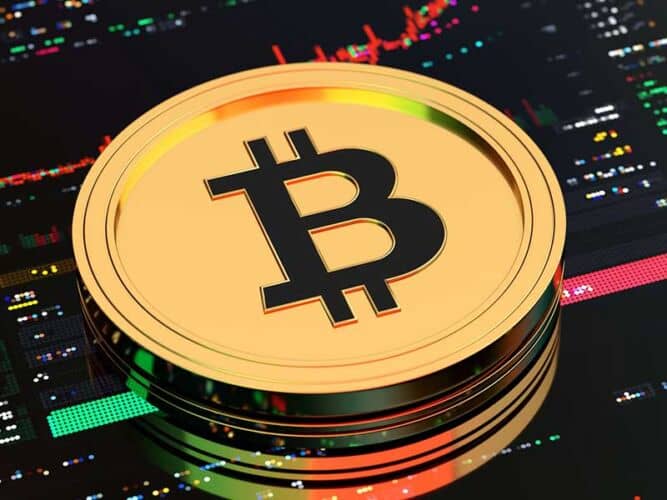
A Few Pointers to Help You with Your First Cryptocurrencyadmin . January 28, 2022
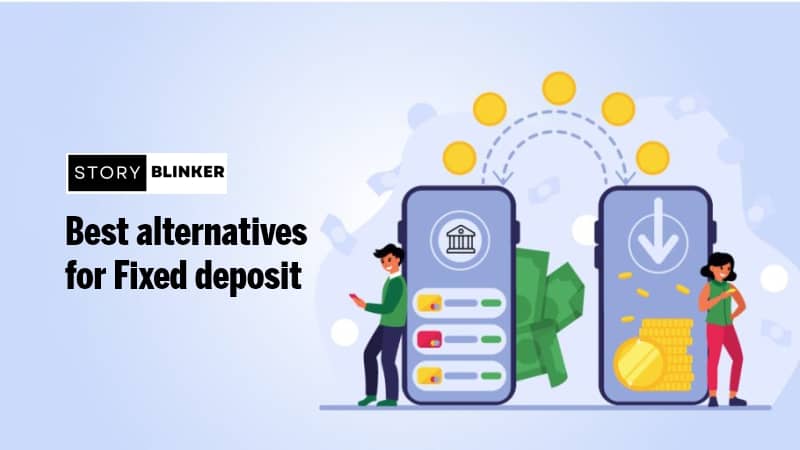
Best Alternatives for Fixed Depositadmin . November 28, 2023

Since Solana’s Attack Triggers Warning In The Market, Some Keyadmin . August 18, 2022
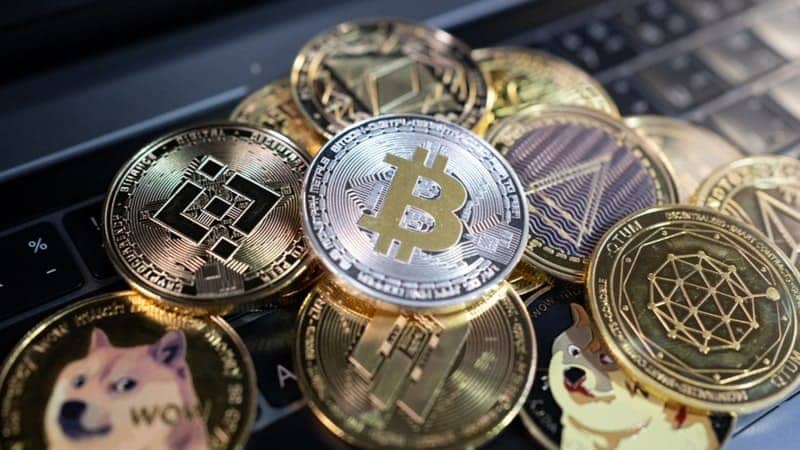
How to Choose the Best Cryptocurrency to Invest in Indiaadmin . April 24, 2023
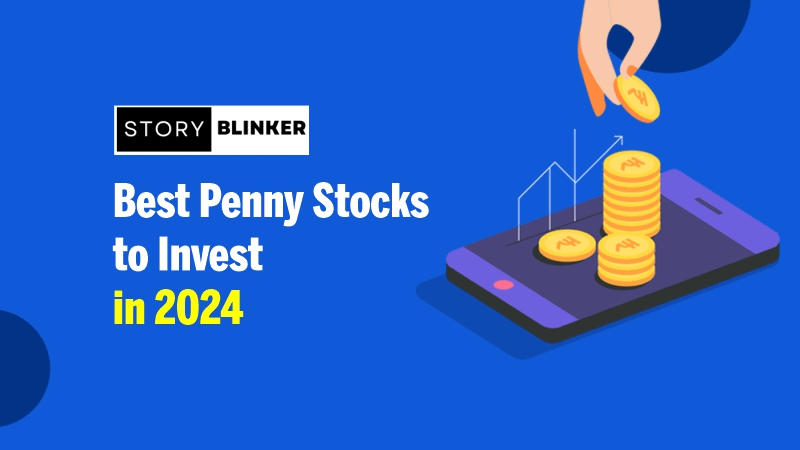
Top 10 best penny stocks to invest in 2024admin . November 22, 2023
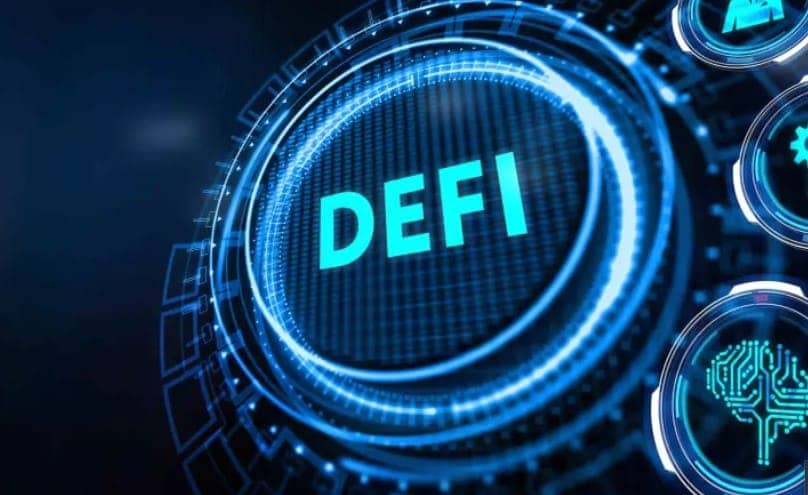
What Is DeFi? Understanding Decentralized Financeadmin . June 19, 2023
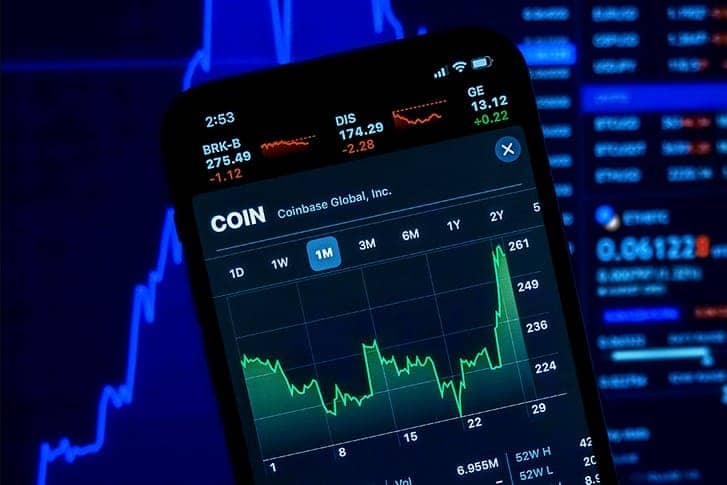
Top 10 Best Altcoin Exchangeand Trading Platformsadmin . July 25, 2023

Top 20 Plans and Investment Tips to Secure Retirement Plansadmin . August 8, 2023
Latest Posts

Exploring the Best Cash Advance Apps of 2024 April 8, 2024
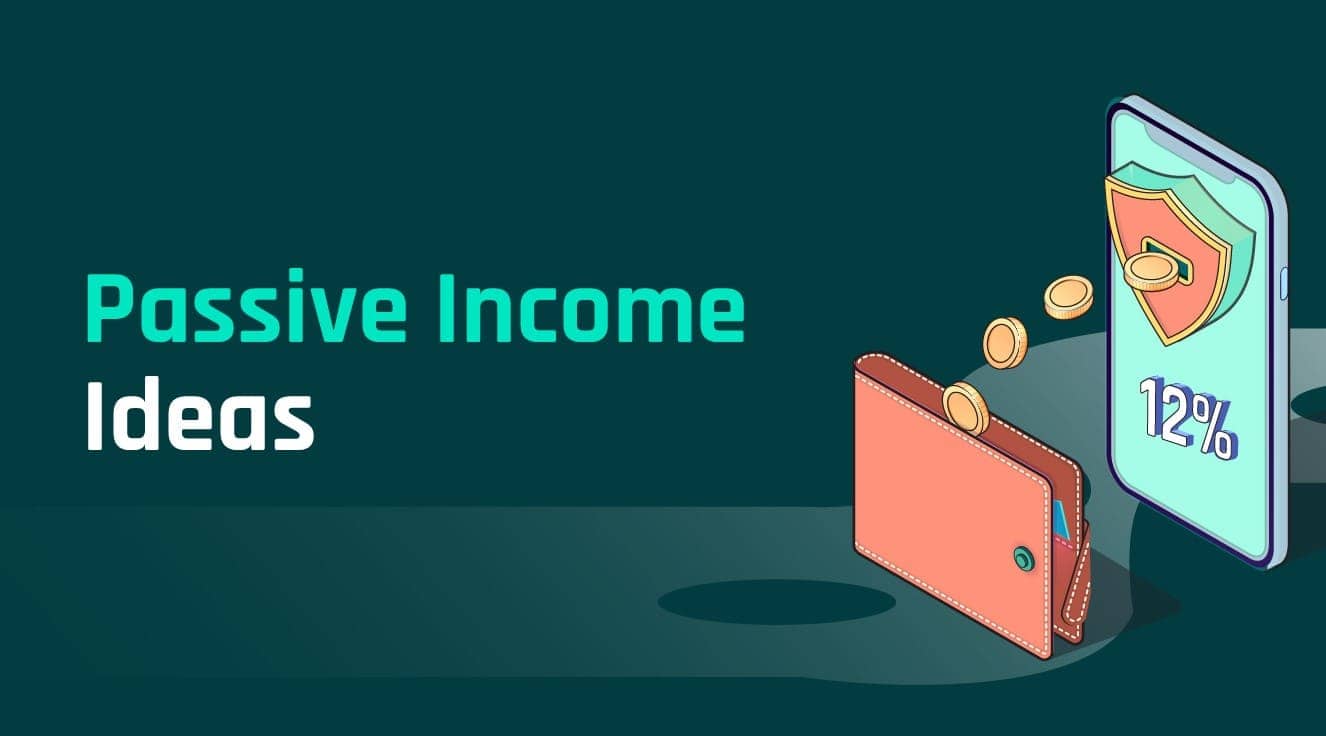
Top 34 Passive Income Ideas in 2024 March 19, 2024

Top 10 Penny Stocks to Buy Canada 2024 February 23, 2024

Best Canadian Artificial intelligence stocks under $1 2024 February 23, 2024

Top Artificial Intelligence Stocks Canada 2024 February 20, 2024

